Cracked Teeth
Dealing with a cracked tooth.
Making sure you can crack a smile
Cracked teeth show a wide range of symptoms, including pain when chewing and sensitivity to hot or cold. The pain may come and go, and your dentist may have a hard time determining exactly which tooth is cracked.
Because there are different kinds of cracked teeth, your treatment and outcome will vary from other patients.
Here are a few common conditions:
Craze lines: These are a spider web of shallow cracks in the enamel of the tooth. They are common in adults, cause no pain and are of little concern.

Fractured cusp: When the cusp, or pointed top, of the tooth cracks, it is often very painful. The broken piece may break off, or may be removed by your dentist. A simple crown is usually sufficient to restore the tooth.
Cracked tooth: A crack that reaches from the chewing surface down toward the root often results in damage to the soft pulp inside, and usually requires a root canal and crown. In extreme cases, we may have to extract the tooth.
Split tooth: If left untreated, a cracked tooth may split completely in two. In some cases, part of the tooth can be saved; however extraction is usually the only option.
Vertical root fracture: These cracks begin at the root of the tooth. As a result, extraction is often the only way to treat them. However, some teeth may be saved by surgery.
With any cracked tooth, early diagnosis is important. The sooner you receive treatment, the greater the chance of saving your tooth. If you have any pain or sensitivity, please consult your dentist for a referral.
Even better, do everything you can to avoid cracking a tooth. We recommend that you:
- Avoid chewing on hard objects like ice, unpopped popcorn kernels, pens, pencils, etc.
- Don’t clench or grind your teeth
- If you clench or grind your teeth in your sleep, ask your dentist about a nighttime mouth guard
- Wear a mouth guard when playing contact sports
The smile you save could be your own.







